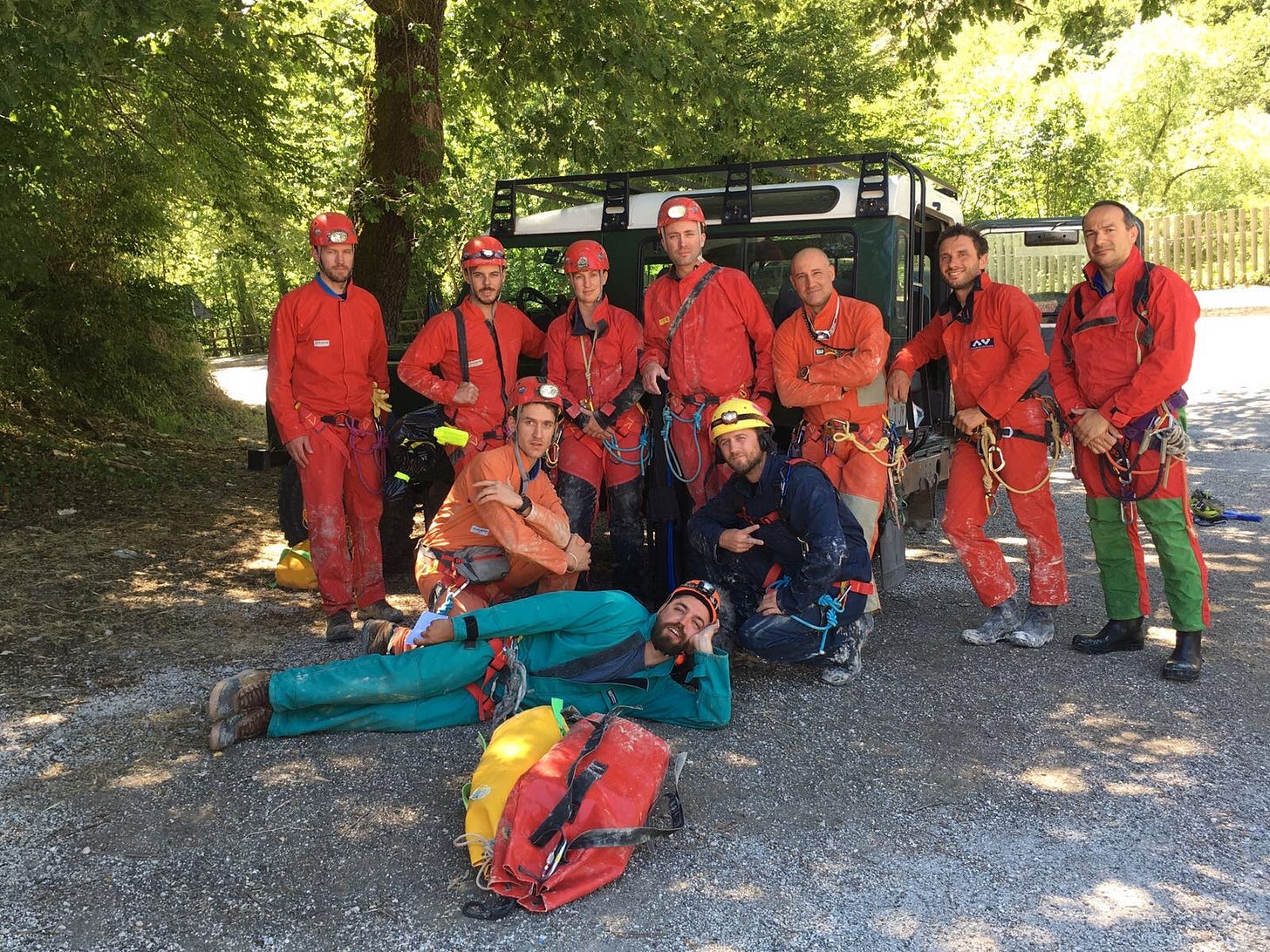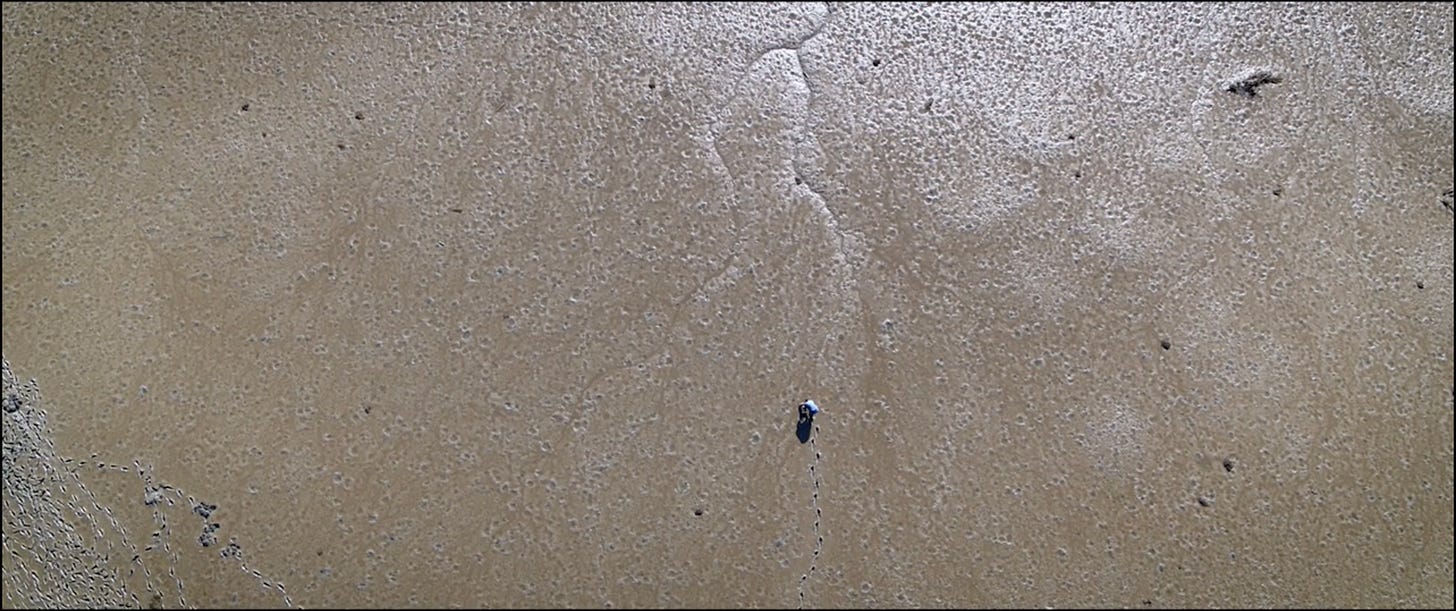Dear friends,
Driving home from a shoot not long ago, the mudflats caught the moonlight in a good way. Low tide, wet mud. Moonlight is sunlight, but bounced off moon rock, and then bounced again off the Earth to me.
My friend Sharon Shattuck and I made a short film some years ago about scientists who asked the Apollo 11 astronauts to leave a unique type of mirror on the moon. Buzz & Neil obliged. The scientists shot a laser at the mirror, then caught the signal back on Earth and measured the precise distance between us and the moon for the 1st time. I can send you a copy of this film if you like, it was published on The Atlantic.
Sharon is a marvelous filmmaker who first worked with team Wicked Delicate as an animator 15 years ago in New York City. She created rather insane animations for our film Truck Farm, lyrical constellations for The City Dark, and lively chefs for The Search for General Tso. Her film about her Dad is wonderful if you haven’t seen it. It’s called From This Day Forward and in it, among other delights, you get to see Sharon get married! Not far from where she wed, some years ago, we visited a field station on a lake where Sharon had studied botany. I remember some decent mud at the edge of that lake, and clear skies, and Sharon knew all the plants.

Mud nearly consumed a few of us in the Bolivian jungle in 2007 or thereabouts, before the Sharon days, when I’d traveled to South America to see the source of the lumber going into a big green building in Boston. After filming all day in the brutal humidity, and eating a strange lunch of some beef that had been hanging from a clothesline in the jungle, our 4x4 got stuck in mud that must have been a meter deep. Ah, we thought. This would be our chance to live out our days in the jungle, learning which bugs to eat and discovering cures for cancer, like Sean Connery in Medicine Man, one of the first films I went to with a group of boys and girls in the early 90s. But somehow the lumber skidder, which moments before had hauled a gargantuan cumaru tree out of the thickets, appeared to rescue us. The mud in those parts was very red.
Waimea, in Hawai’i, means red water. There’s a Waimea on the Big Island where we showed The City Dark at a film festival celebrating the ocean, and I was paired up to speak on a panel with a navigator from the Polynesian Voyaging Society. We were going to speak of the role of the stars in wayfinding. But the guy got lost on his way to the panel and we had to cancel the whole shebang, my own ocean wayfinding experience being quite unimpressive. “You are not a water man,” my friend Simon would say. Simon lives near another Waimea, on Oahu. I’ve been out there a few times for various reasons, and one time we got together out there to work on the music for Bluespace, a film where I spent far too much time in the muddy oyster flats around New York City, where both Simon and I had lived after college, sometimes together. Making much of the film in waders around the edge of the city, I think my favorite thing to see was the moonlit mating of horseshoe crabs. In New York mud you finds all sorts of things going on.
Near my family’s little campsite in Downeast Maine, there’s always a lone pair of tracks in the low tide mud, along with an odd furrow that runs the length of the tracks. This is a clammer, out on the flats with a small, furrowing sled which bears his clam hod and rake. I don’t go in much for clams, except in a New England Clam Chowder. Manhattan Clam Chowder, which tastes like the Gowanus Canal, is not worth speaking of, and I apologize for mentioning it just now in the Wicked Delicate newsletter.
We filmed with a clammer named Steve Taylor once, by arrangement of our wonderful producer Rebecca Taylor, whose father is named Steve Taylor, but is a retired airline pilot and not, near as I can tell, a clammer. A clammer can move miraculously in the mud. It won’t strike you as miraculous unless you’re trying to move along with him. Steve moved with decisiveness, each leg moving more like a piston than a leg, in and down then up and out of the mud with slow, steady grace. I’m amazed we got any footage of the guy at all, given how many times we got stuck in the mud and needed to ungracefully pull each other out. Steve would look for little bubbles in the mud, then plunge his white-gloved hand in and pull out a clam. With his hod full, he rinsed the whole thing in deeper water and took it ashore. Michael James Murray, of cinematography and cacio e pepe renown, ate several of the rinsed clams raw.
One thing I’d like for my children is if they could refer to dollars as “clams,” an expression I’ve always been fond of but which has never stuck with me.
We did not get stuck earlier this year in the mudflats outside of Seoul, because a good long jetty of rock stuck out into the flats. The waters around Seoul have some of the most dramatic tides in the world, a fact I have perhaps mentioned previously in this newsletter, the size of tides being one of my favorite lunacies. We were filming with Manu Prakash, a remarkable fellow who among other distinctions has invented an inexpensive microscope you can carry in your pocket. With it, he showed us the outrageously active world of the mudflat surfaces, teeming with life of various sorts - single-celled creatures but also springtails which hop an enormous distance relative to their body sizes. We lingered awhile there, watching the tide roll back in, letting the sun hit us full on, bouncing off our bodies and back onto the mudflats, where life in all its smallness thrived.




Love the ode to mud. And lest we forget, as it is the end of the baseball season, that there is no joy in Mudville because "mighty Casey has struck out." I learned that two towns now known by different names, fight for the claim of Mudville from the poem — Holliston, Massachusetts and Stoickton, California. Perhaps the subject for a short documentary we can make?